Benjamin O. Davis, Jr., was one of the pioneering African Americans who attended the military academy at West Point before the second World War. The Air Forces first black general, he commanded the legendary Tuskegee group of fighter pilots in World War II.
Service in the Blood
Davis was born on December 18, 1912, in Washington, DC, son of Elnora Dickinson and Benjamin O. Davis, Sr., who held the honor of being the first African American to earn the rank of general in the U.S. Army; During his childhood, as is typical of Army families, the Davises never lived long in one place, moving from one assignment to the next. As a teenager, Davis attended a mostly white high school in Cleveland, Ohio, where he compiled an excellent academic record and was elected class president.
Davis entered the U.S. Military Academy at West Point, New York, in 1932, after stints at Case Western Reserve University in Cleveland and the University of Chicago. His appointment came at the recommendation of the only African American then serving in congress, Representative Oscar S. DePriest. Davis became one of the few African Americans to graduate from West Point before World War II, but it was a challenging environment: the academy was far from a welcoming environment for Blacks. He was never assigned a roommate and his classmates frequently refused to fraternize with him. Despite being alienated by his peers, Davis persevered, and graduated in the top 15 percent of his class.
Davis held the rank of second lieutenant on graduation. He and his father were two of the only black, commissioned officers in the Army at the time. Davis’ ambition was to become a pilot in the Army Air Corps, but his request was denied and he was posted to the infantry instead. To avoid the situation in which a black man commanded whites, something the Army considered untenable, Davis was given command of an all-black “service” regiment at Fort Benning, Georgia. The southern community surrounding the base was no more welcoming to a black man than West Point had been, and Davis found himself once more subject to silent stares and general hostility Despite his rank, he was not allowed entrance to the officers’ club at Fort Benning. Davis found strength and camaraderie with his girlfriend, Agatha Scott, and the two were married during his tenure in Georgia.
Triumph at Tuskegee
When President Roosevelt decided to promote Davis’ father to the rank of general in 1940, he also ordered the Army to establish a corps of African American pilots. World War II was looming and Roosevelt wanted access to all the resources he could muster. Davis was invited to train and prepare for the corps at the Tuskegee Institute in Alabama. Not only was he finally able to satisfy his ambition to become a pilot, but owing to his unique status as a black officer and his distinguished record, he was placed in command and promoted to the rank of Lieutenant Colonel. Davis quickly earned his own pilot wings, and took responsibility for overseeing the training of the first Tuskegee group. Two years later, in 1943, the new corps saw its first combat operations in Tunisia with Davis in command of the now-famous 99th fighter pursuit squadron, often called the “Tuskegee Airmen.”
The Tuskegee squadron was not immediately accepted as a trusted air group, with one Army commander demanding its withdrawal from combat operations and issuing the allegation that “the Negro type has not the proper reflexes to make a first-class fighter pilot.” A War Department committee ultimately rejected the commander’s concerns, but it came as a blow to Davis and his airmen that such allegations had been taken seriously at all. Over the coming three years, the Tuskegee Airmen flew in an array of combat situations and proved the merit of their squadron.
Late in 1943, Davis was promoted to full Colonel and assumed command of a larger Tuskegee fighter group, the 332nd “Red Tails.” Flying out of bases in Italy, the pilots were given the most modern and agile fighters in the Air Corps inventory, and compiled a virtually perfect record of protecting bomber groups in runs over Germany. The Red Tails shot down more than 100 German planes during the war and flew some
15,000 missions. In a 1945 confrontation with the German air force, unit pilots downed three of the Luftwaffe’s groundbreaking ME-262 jet fighters, aircraft with performances vastly superior to the propeller- driven planes of the U.S. Army. For his accomplished leadership and his own piloting ability, Davis was awarded the Silver Star and the Distinguished Flying Cross.
When President Harry S. Truman established the Air Force as a separate branch of the armed services in 1947, Davis became one of it founding officers. When Truman came under attack by segregationists for issuing a historic order to fully integrate the armed forces, he pointed to the excellence of the two Benjamin O. Davises, senior and junior, in his defense. Finally permitted to command integrated units, Davis was given a variety of key posts over the next decade. He was appointed chief of staff for American forces in Korea in 1953, and later commanded the 13th Air Force group at Clark Air Force Base in the Philippines. After that appointment, he was named the Air Force’s first General, and after another decade of impressive service, he was promoted to three-star Lieutenant General, surpassing his father in becoming the first African American to attain such a high rank. He died on July 4, 2002.
Davis and his father were instrumental figures in the desegregation of the U.S. military and are both remembered for their exceptional leadership abilities. Two years after his retirement, Davis was named a four-star general by President Bill Clinton. In civilian life, he worked to establish the federal Air Marshall program and to set nationwide speed limits for auto traffic.
The post Benjamin O. Davis, Jr. appeared first on Black Heritage Commemorative Society.
Source

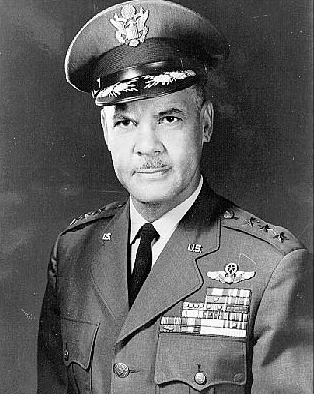





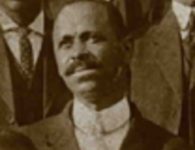
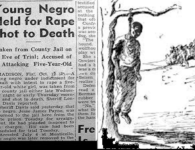
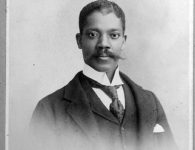

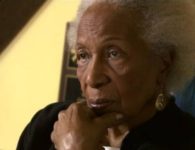
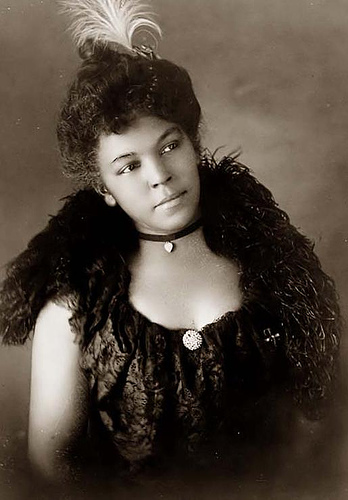

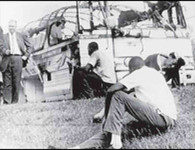





No comments